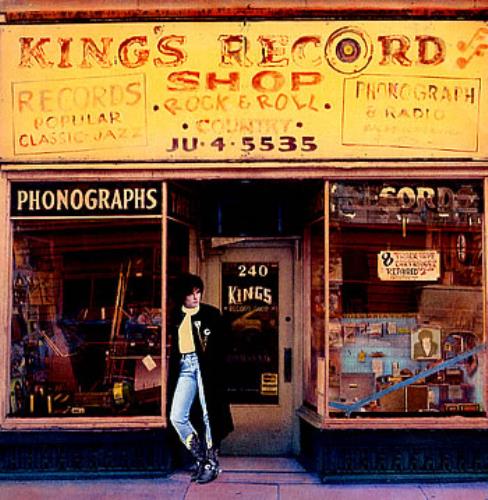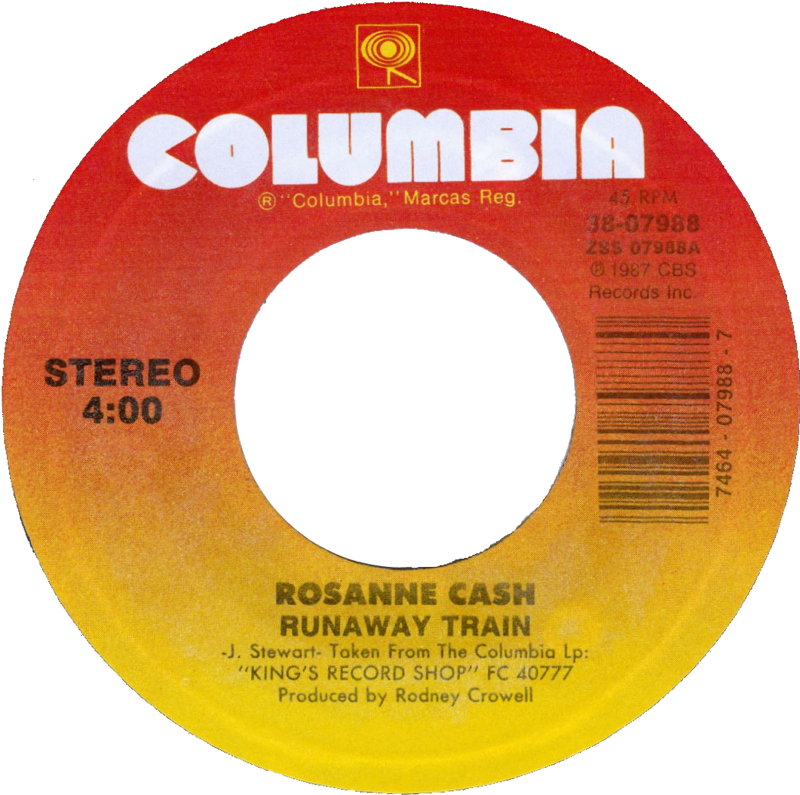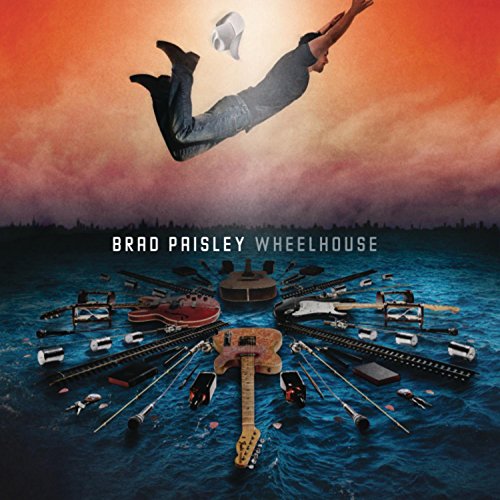“I’m worried about you
I’m worried about me
The curves around midnight
Aren’t easy to see
Flashing red warnings
Unseen in the rain
This thing has turned into
A runaway train” – Runaway Train (John Stewart) © BMG

In the early morning hours of May 12, 1989, Southern Pacific freight train SP 7551 East was traveling through Cajon Pass into San Bernardino, California. The train was comprised of six locomotives and sixty-nine hopper cars loaded with trona.

Trona is a non-marine evaporite mineral and is mined in California’s Mojave Desert as one of the primary sources of sodium carbonate in the United States.
A buyer in Colombia, South America, had purchased 6,900 tons of trona, which would be transported by train to the Port of Los Angeles, then by ship to its end destination. Lake Minerals had contracted to have sixty-nine 100-ton coal hopper cars loaded by an outside contractor. When the mining company turned in the final contract to the clerk for the bill of lading, no weight had been written-in, believing the railroad would know that the 100-ton cars had been filled to capacity.
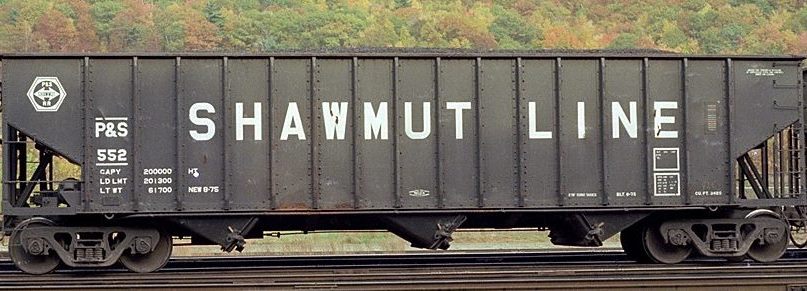
The clerk filled in the bill of lading as 60 tons per hopper car, going by a visual comparison of 100 tons of coal. As a result, the train was listed as weighing about 6,151 tons total (cars + trona), significantly lighter than its actual weight.
Later a dispatcher in the railroad office re-calculated the train’s tonnage to show correct weight, but this information was not passed along to the engineer, who believed that although not all of his six locomotives were fully functional, they should be sufficient to control the downhill speed of what had been reported to be a lighter than actual load.
“Blind boys and gamblers
They invented the blues
Will pay up in blood
When this marker comes due
To try and get off now
It’s about as insane
As those who wave lanterns
At runaway trains” – Runaway Train (John Stewart)
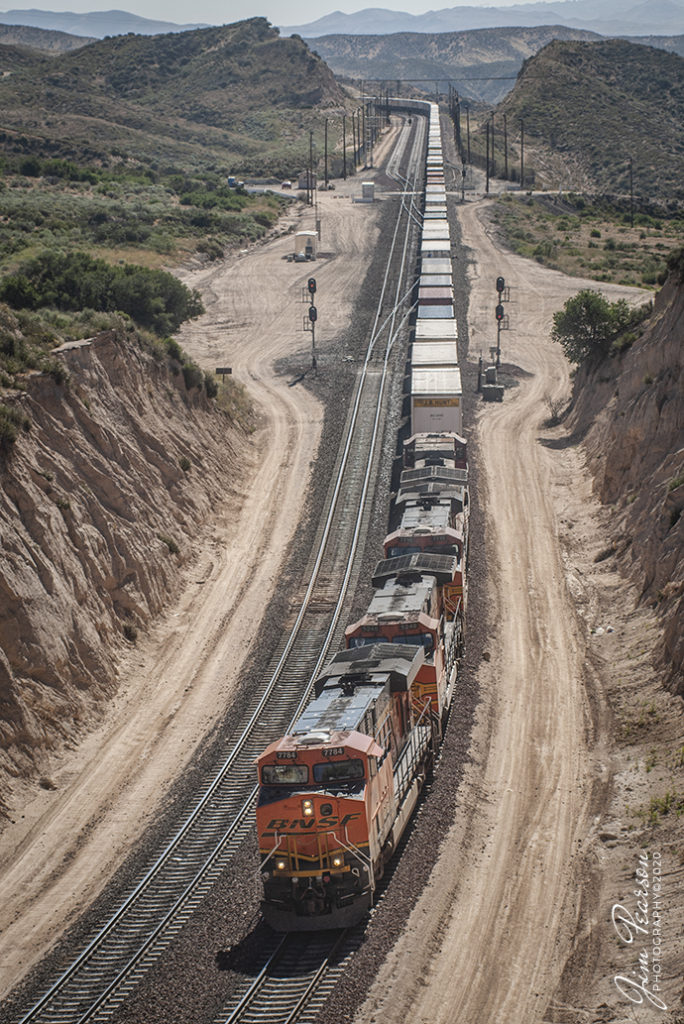
Shortly after cresting Cajon Pass, and beginning downhill on the south side, Engineer Frank Holland realized he was having trouble controlling his train’s speed. The train’s dynamic brakes worked optimally near a speed of 25 mph, but not all of the six locomotives had fully functioning dynamic braking systems. The air brakes of each of the hopper cars are most effective at speeds under 25 mph, and the train’s speed soon exceeded what the brakes could control.
As a last attempt to attenuate their downhill speed, the helper engineer initiated an emergency brake application from his helper locomotive, but this ended up disabling all of the dynamic brakes on the train, allowing the train to pick up speed. At this point, the only operational brakes were the individual car’s air brakes, which soon began melting from the friction and heat.
As the train entered a four-degree curve just north of the Highland Ave overpass in San Bernardino – a curve that had an authorized maximum speed of 40 mph – the train was calculated to be traveling in excess of 100 mph. The train derailed and plowed into the houses along the outside of the curve, destroying all but one. The remaining home was destroyed days later by a fire that resulted from the rupture of an underground petroleum pipeline that was damaged during cleanup efforts.
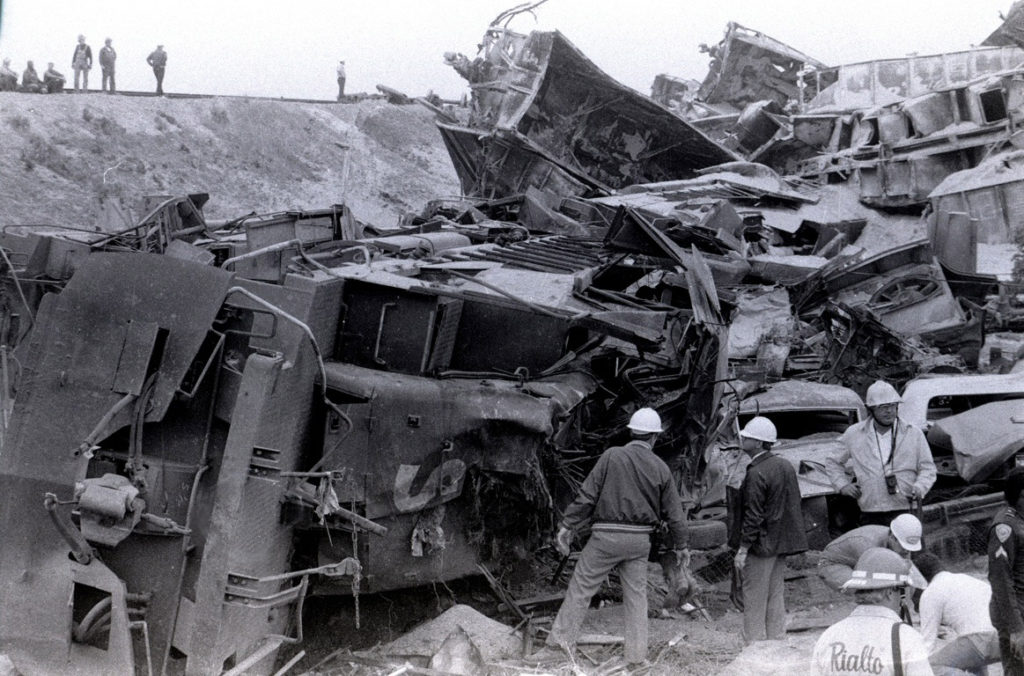
San Bernardino/Duffy Street . . . 
. . . train disaster
The conductor, head-end brakeman, and two residents were killed in the train derailment. Seven houses on the street immediately next to the tracks were demolished by the wreck, as were the lead locomotives and all of the freight cars. Six hundred and eighty feet of track were also destroyed.
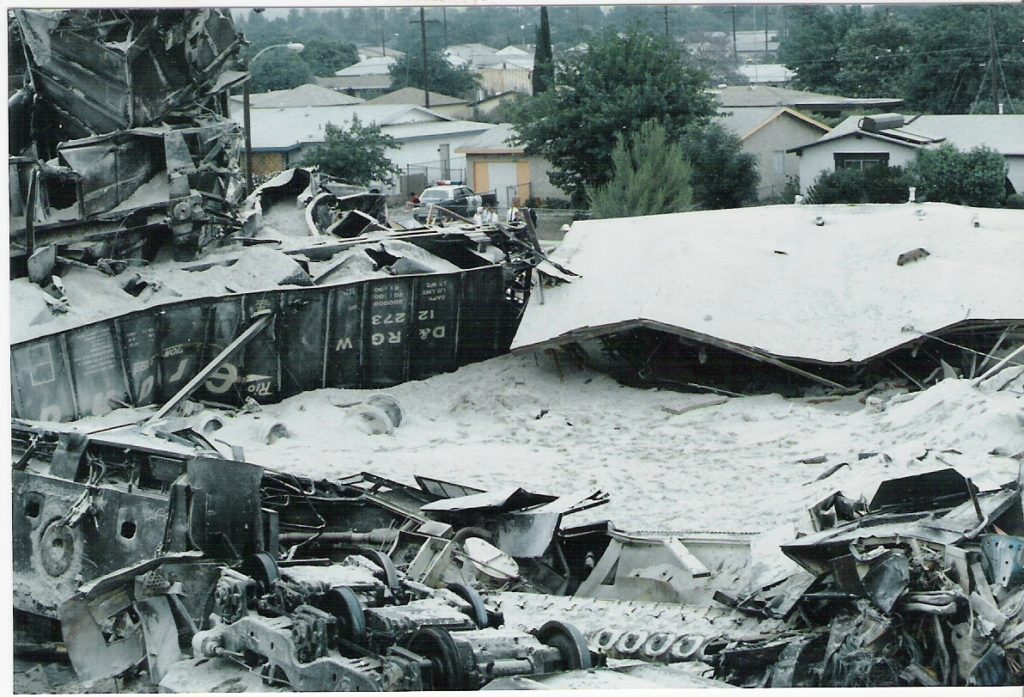
San Bernardino/Duffy Street . . . 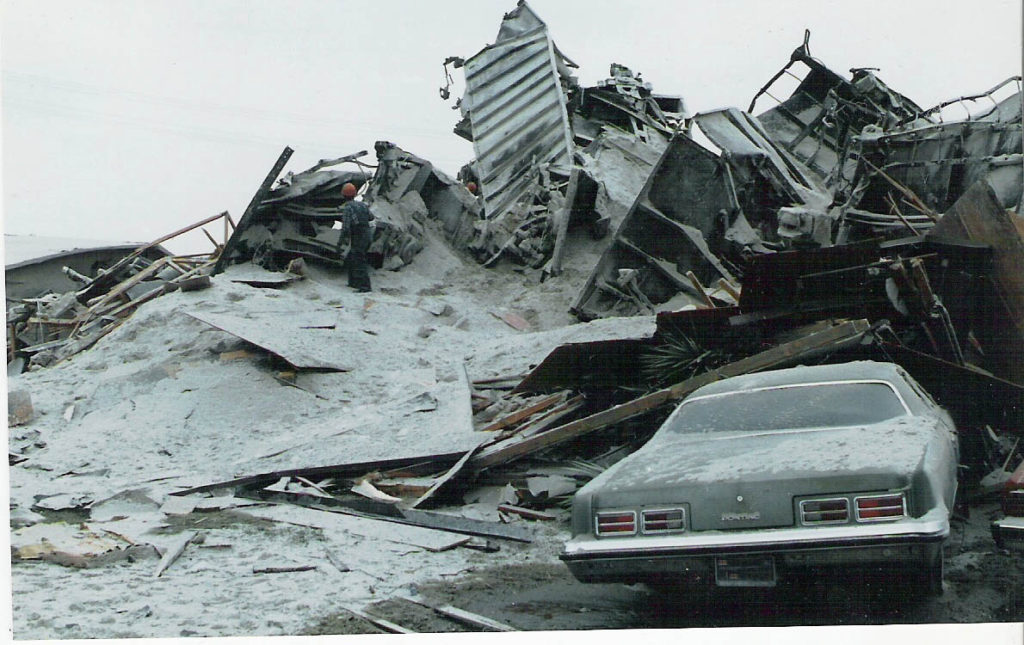
. . . train disaster
The fire from the ruptured pipeline burned for close to seven hours and emitted a plume of flames three hundred feet into the air. It fatally burned two people and destroyed eleven more houses and 21 cars. The total property damage was $14.3 million, with more of this damage resulting from the fire than from the train derailment.
“And what are the choices
For those who remain
The sign of the cross
On a runaway train
This thing has turned into
A runaway train
Our love has turned into . . . a runaway train” – Runaway Train (John Stewart)
Trains have long been used as metaphors, not only in our literature and culture but also personally. How many of us have not had a life experience – or two – that we might have characterized as a “train wreck”? And we have surely used that expression to describe the predicaments of others.
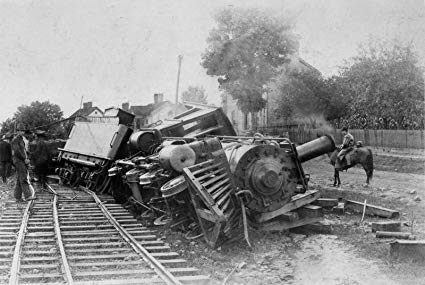
As I was looking at songs that might have been appropriate for a post about runaway trains, I found it interesting that we most often use the term while referring to personal relationships, emotional upheavals, love gone bad. It would seem that the analogy springs from the realization that we are involved in a situation of which we are no longer in control, and as we see in the runaway train story above, once that control is lost it can be extremely difficult, if not impossible to regain.
“Headlights on the ceiling as she pulls into the drive
She never says she’s coming, she never says goodbye
She’s gonna bring the sunshine and she’s gonna bring the rain
It’s like I’m standing at the station and I’m waiting on a runaway train
“Runaway train coming down the track
Runaway train and don’t come back” – Runaway Train (Kelley Lovelace) © Sony/ATV Music

One of my blog followers at A Train Song shared his own experience of being at the throttle of a runaway train. He begins:
“I crested the mountain all happy and confident, then as the end of the train began [its] downhill roll, it became evident that . . . dynamic braking . . . and the skills of many years were not slowing [the train’s descent].
(Dynamic braking is the use of an electric traction motor as a generator when slowing a vehicle such as an electric or diesel-electric locomotive. Dynamic braking reduces wear on friction-based braking components.)
He explains that knowledge of the terrain and dynamic braking are an engineer’s essential tools in train operation and control. “The only way to stop and hold a train is with air; if you have a runaway train, there is an air loss problem.”
He continues:
“I had a 22,000-ton coal train I could not stop, only had two engines [and] I was less than a mile from Lake Erie at Sandusky. Three engines stopped in front of me to hold my train back; [my] train would stop, but the slack would roll in and move us five engine lengths.”
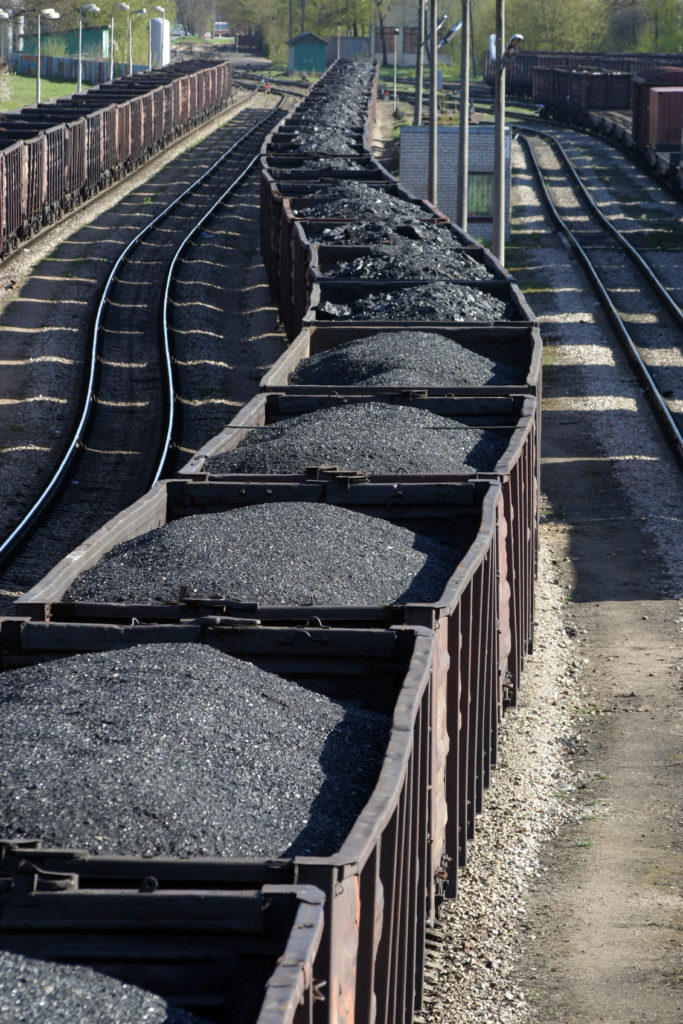
He mentions that his train consisted of just more than 200 coal hoppers, each loaded with 100 tons, indicating that there would have been plenty of slack to keep his train “inching” forward.
But the train was finally stopped, the payload preserved, and engineer Joe lived to tell his tale, although it would surely be difficult for any of us who have never been in such dire straits to imagine the helplessness and anxiety felt in those moments.
“In the morning when I wake and find that woman gone
I will swear this time that I’m finally moving on
Deep down in my heart, I know nothing’s gonna change
And I’ll be standing at the station and waiting on a runaway train
“Runaway train coming down the track
Runaway train and don’t come back” – Runaway Train (Kelley Lovelace)
Rosanne Cash’s recording of John Stewart’s song, “Runaway Train”, was released in July 1988 as the fourth single from her album King’s Record Shop, and was produced by her then-husband, Rodney Crowell. It became Cash’s ninth #1 hit on the country chart as a solo artist. The single spent a week at the top spot while remaining in the top 40 for a total of 14 weeks
“Runaway Train”, is a track included on Brad Paisley’s ninth album, Wheelhouse. The song was co-written by frequent Paisley collaborator, Kelley Lovelace. Wheelhouse debuted at #1 in the Billboard Top Country Albums chart, selling over 100,000 copies in the first week, making it Paisley’s seventh number one album. The album also reached #2 in the Billboard 200 chart.
Listen to (and watch) Rosanne Cash and Brad Paisley sing about their own versions of a runaway train and watch Brad trade some “hotshot” licks with David Letterman’s keyboardist & musical director, Paul Shaffer.
Also included below is a computer simulation of the 1989 San Bernardino train derailment, with actual footage of the cleanup & subsequent fire.
Sources:
https://en.wikipedia.org/wiki/San_Bernardino_train_disaster
https://en.wikipedia.org/wiki/Runaway_Train_(Rosanne_Cash_song)
https://en.wikipedia.org/wiki/Wheelhouse_(album)
https://en.wikipedia.org/wiki/Trona
All photos sourced through internet searches, none belong to the author.

